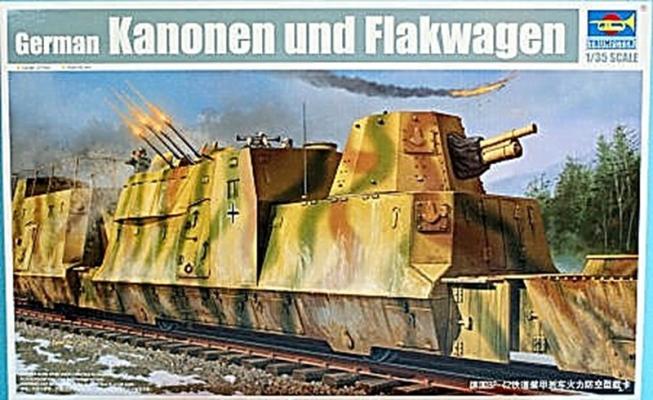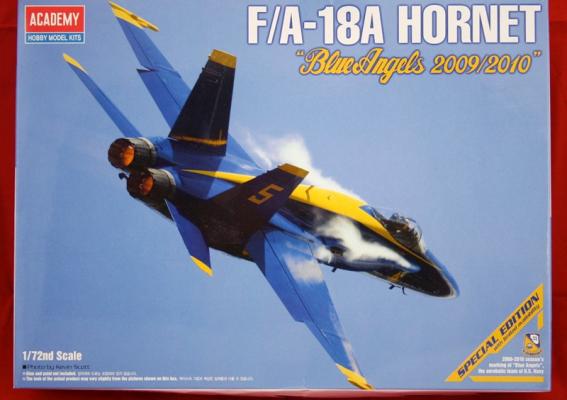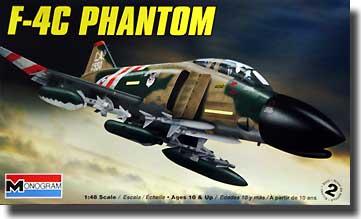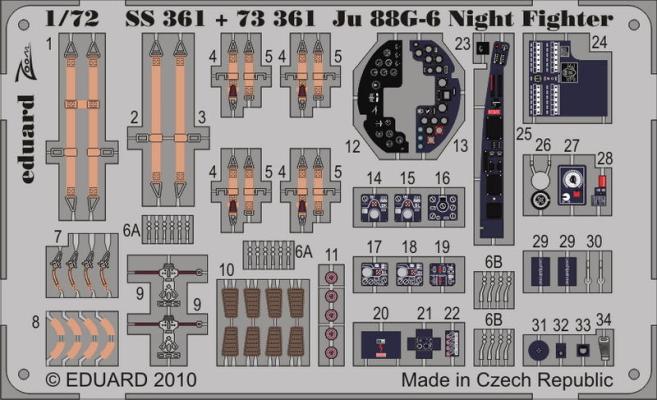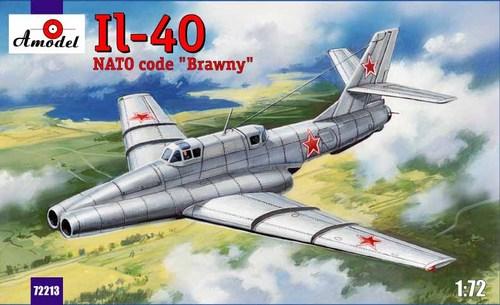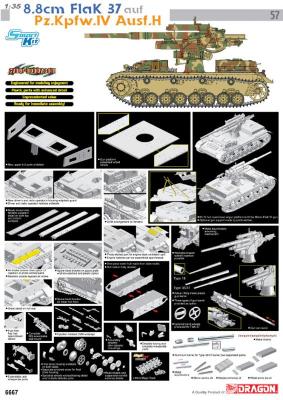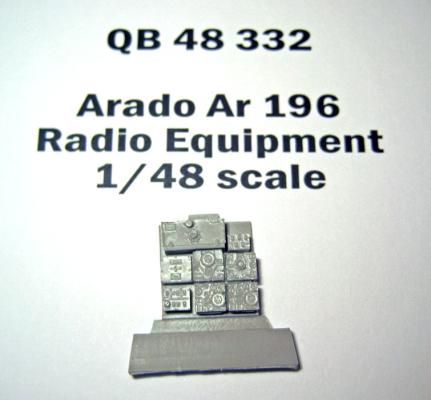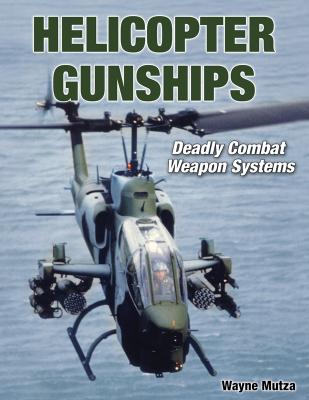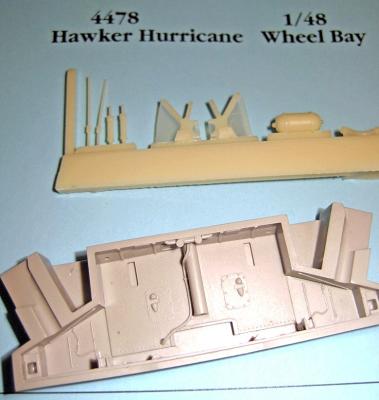I don't know too much about the history of this vehicle, but being an avid model railroader, it looked like something fun and different to build. Now that the bug has bitten I want to collect the whole series of Armored Rail Cars and make a complete train. This is a typical Trumpeter kit: well packed, with each parts sprue in an individual bag. You get three sheets of photoetch and one sheet of decals. Also included is a section of track to place the finished model on.
What's New
At the end of World War II Admiral Chester Nimitz ordered the formation of the Blue Angels flight demonstration team to showcase Naval Aviation. In June 1946 the Blue Angles flew their first show with the Grumman F6F Hellcat. In 1986 they completed their 40th anniversary season when the team transitioned from the McDonnell Douglas A-4 Skyhawk II to the F/A-18 Hornet. The main difference between the Blue Angles F/A-18 and their combat brethren is the removal of the weapons systems and the addition of the smoke generator system. The system consists of a tube on the left engine that injects paraffin based oil into the exhaust. The oil produces a white smoke making it easier for spectators to follow the maneuvers.
I must be one of the few modelers left that hasn’t built at least one of these since this kit was introduced more than thirty years ago. The 1/48th F-4, along with the Century Series and Naval Aviation jet aircraft molded by Revell and Monogram back in the 1970s and 80s are truly classic models: exemplified by outstanding detail throughout (for their day), but particularly in the cockpit and wheel wells; finely raised panel lines, and the sometimes less than stellar fit of some of the component parts. All of this offered at a consistently affordable price.
This particular version of the venerable F-4 has been in and out of production a number of times since 1979. This kit represents the latest incarnation. A quick glance at the inside of the wing or the underside of the tailplane will confirm this kit’s ancient lineage, as well as something new about this particular molding’s place of birth.
The Ju 88 is one of my all-time favorite aircraft. I especially like the night fighter variants. I recently picked up the new limited edition Hasegawa Ju 88G-6 "Berlin Radar" version and received this latest Eduard zoom set at the same time. This zoom set features the now standard color photo photoetch with self-adhesive backing for some of the photoetch. The instructions are very clear and easy to follow; Eduard has this down to an art. All the colors are in perfect register and have a glossy sheen.
It’s hard to find words to describe this cross between the famous IL-2 Sturmovik and a T-34 tank. Like its WWII cousin, the IL 40 was born as a jet powered heavily armed and armored ground support aircraft. First flown on March 7, 1953, this beast carried 4000 pounds of armor plates protecting the crew and vital airframe components.
Weapons were carried internally and on external hard points. Additional firepower consisted of four 23 mm cannons mounted on the underside and another in a remotely aimed stinger protecting the rear quadrant. This kit represents the refined prototype as the original had air intakes at the wing roots and the cannons in the nose. As many other aircraft designers discovered, cannon gasses don’t mix with jet engines and as a result the guns on the IL 40 were moved back and the intakes moved as far forward as possible.
Background
The 8.8 cm Flak gun proved to be a very versatile and potent weapon for the Germans in WWII. The Germans explored many different vehicle-weapon combinations and the subject of this kit is one of them. There were only 3 prototypes of this variant of the Pz.Kpfw IV produced by 1942. While they performed very well in field trials, no more were manufactured because tank production took priority. It was heavy for a self-propelled gun and its size would have made moving it by rail problematic. The project was cancelled by Albert Speer in January 1945.
The next set, QB 48 332, for the Ar-196 is a simple set for the radio set up. The kit offering features soft detail in a highly visible cockpit. This is a simple upgrade. Molded in blemish free light grey resin, this upgrade is as simple as remove the part from the pour block, paint and add. This is a direct replacement for part number 21A. I did notice that the kit part looks slightly different than the Quickboost part. As I don’t have my references handy, I’m leaning towards the Quickboost part as being correct.
These parts are quite nice and will make the work for the modeler so much easier. The radios are a nice addition and certainly look more like radios than what is in the kit.
Highly recommended
You can obtain your copy at your local hobby shop or online.
Our thanks to Quickboost and Aires for the review sample.
I never expected to see another injection molded plastic Ar-196 but Italeri and Tamiya recently surprised me with their releases. While nice looking kits there are some issues. Quickboost makes a several upgrades for the kit.
Helicopter gunships evolved from the need to provide close quarters combat for the Army. While we think this is a natural thing, the earliest attempts to arm helicopters were frowned upon. It wasn’t until the French started to put guns on some of their aircraft that the US Army took notice. What followed was nothing short of phenomenal culminating with the first purpose built armed helicopter then onto a battlefield essential tool.
I love the Hawker Hurricane even more than the Spitfire. The Hasegawa kit is a very nice kit but the wheel well is pretty basic. Aires provides a very nice upgrade.
The Aires wheel well comes on two pour blocks. In my example, the larger major assembly is molded perfectly in light grey resin. The detail is impressive and far superior to the kit offering. The pour block will be a little bit of a pain to remove but some simple sanding will take care of that. The other pour block is molded in light caramel with remarkable detail on the eight pieces. Removal of these pieces will be easy enough and clean up will be a breeze.
The instructions are simple enough to understand and should be no problem for most. Online references are easy enough to find if your library is lacking or you need to clarify anything.

